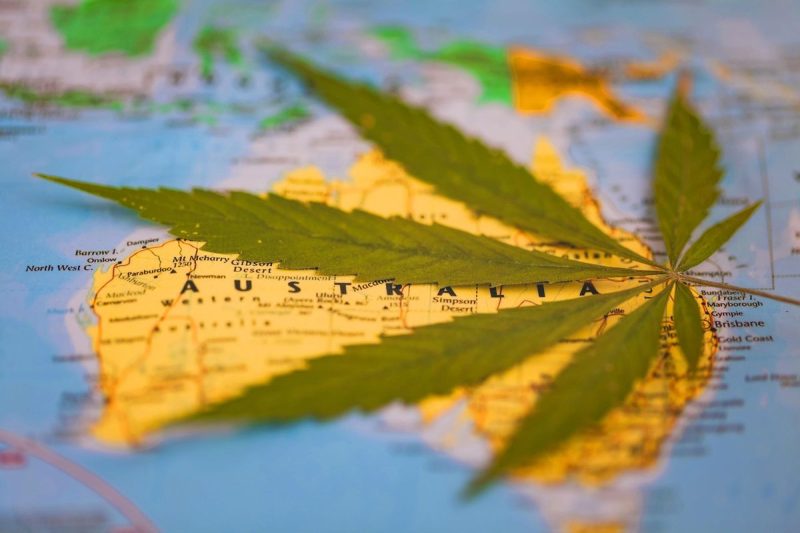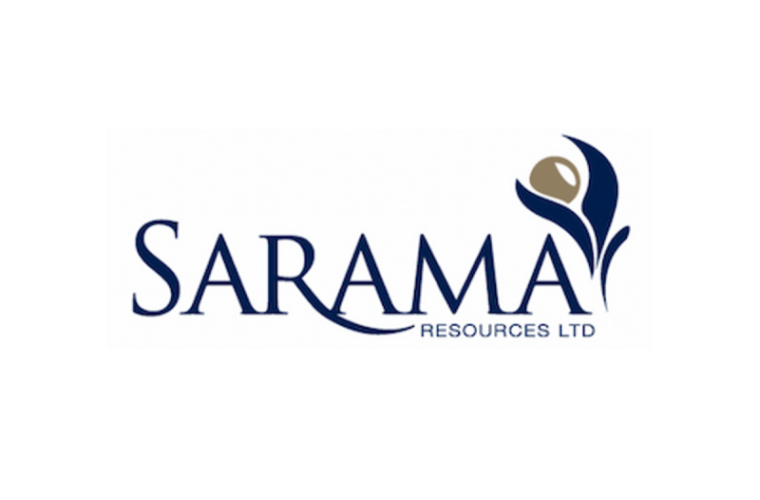

Australia federally legalised medicinal cannabis in 2016, and the market has seen major growth since then.
The Penington Institute pegged Australian medical market sales at AU$250 million in 2022. That figure could go higher even higher in 2023 given that medical cannabis approvals were up by 120 percent in the first half of the year compared to the same period in 2022. Statista forecasts that the value of Australia’s medical cannabis market will grow at CAGR of 16.75 percent to reach AU$1.19 billion in 2028.
Despite that growth, the country’s marijuana industry is still young. Legal recreational use is not yet in sight, and even medical access remains limited and highly regulated. Even so, public support for legalisation is growing, according to a recent survey conducted by the Greens Party, which has put forth a bill to legalise recreational cannabis use in Australia at the country level.
Senator and leader of the Australian Greens David Shoebridge proposed the Legalising Cannabis Bill 2023 in August. The federal bill proposes a framework that would allow up to six plants to be grown per household, and for homegrown cannabis products, including seeds, to be gifted and shared with others as long as all parties are over the age of 18. It would also allow all citizens of the age of majority to legally possess up to 50 grams of cannabis.
The final bill takes into account the results of a survey that was available on the party’s website from April 6 to May 10 of this year, as well as detailed feedback from cannabis and legal experts. Based on this information, the party amended its draft of the bill to address concerns surrounding the facilitation of underage buying and consumption of cannabis products; it also proposed changes to the quality, packaging and labelling of cannabis and cannabis products.
As it currently stands, medical cannabis patients have access to various different forms of the drug, including flower, oils and tinctures. However, currently only two medicinal cannabis products, Sativex and Epidyolex, are registered with the Therapeutic Goods Administration, and none are subsidised through the country’s Pharmaceutical Benefits Scheme. Patients who want access to medicinal cannabis must go through special pathways, and doctors who want to prescribe medicinal cannabis have to apply to do so.
The situation gets more complex at the state and territory level, as each area of Australia has different rules that must be followed. Read on for a breakdown of the laws for medicinal and recreational cannabis in Australia’s six states and two territories.
Guide to cannabis in Australia: New South Wales
Use, supply and possession of cannabis is illegal in New South Wales (NSW), but first-time offenders with less than 15 grams on hand may only be issued a caution. Up to two cautions can be received; they often come with a referral for drug-related information.
The NSW government recognises the potential of medicinal cannabis to treat debilitating or terminal illnesses. Any doctor can prescribe medicinal cannabis if it is determined an appropriate treatment and the doctor has the approvals required to do so.
In another show of support for the drug, the NSW government has established the Centre for Medicinal Cannabis Research and Innovation to educate the community and monitor clinical trials. Over AU$9 million has been allocated to the centre by the NSW government. It is researching key areas to help children with epilepsy; cancer patients who require pain management, appetite inducement and reduction of nausea; and spinal cord injury patients with chronic pain.
Guide to cannabis in Australia: Victoria
Recreational cannabis possession and use is a criminal offence in Victoria, but similar to NSW, those caught with a first offence of 50 grams or less are typically given a caution and directions to attend drug counselling. It’s more serious if there are additional charges or if a person is found with over 50 grams; 250 grams, or 10 plants, is considered a traffickable quantity of cannabis.
Medicinal cannabis can be prescribed by any doctor for a patient with any condition if they believe it is clinically appropriate, and if they have obtained approval from the Commonwealth or state. Victoria was the first state to legalise medical marijuana use, and young children suffering from epilepsy were the first to gain access.
Guide to cannabis in Australia: Queensland
In Queensland, growing cannabis and recreational use are illegal under four different acts. Under the Drugs Misuse Act 1986, unlawful possession, supply, production and trafficking have maximum penalties of up to 20 years imprisonment, depending on circumstances such as how much cannabis is involved.
Medicinal use is less frowned upon in Queensland as any registered medical practitioner in the state can prescribe medicinal cannabis if clinically appropriate. Previously, the medical practitioner had to have obtained Commonwealth approval in most circumstances; however, after new legislation changes in June 2020, any Queensland doctor can prescribe Schedule 4 CBD or Schedule 8 THC or CBD oil products without formal approval from state health authorities.
Medicinal cannabis can be administered via vapour, capsules, sprays or tinctures — smoking cannabis is not allowed in Queensland. Advertising medicinal cannabis is restricted to the medical, wholesale and pharmaceutical professions only.
Guide to cannabis in Australia: South Australia
Cannabis flower, cannabis oil and cannabis resin are all illegal to keep, use, grow, sell or give away in South Australia. Possession for personal use can be penalised with an expiation, which means a fine that does not attract a criminal conviction. Large-scale trafficking or selling can attract big penalties of up to AU$1 million, 15 years to life imprisonment or both.
Those looking for medical cannabis products can obtain them via prescription from an authorised medical practitioner in the region. Approval under South Australian Controlled Substances legislation is also often required, although there are exemptions for elderly and terminal patients.
Guide to cannabis in Australia: Western Australia
Even though Western Australia (WA) previously officially decriminalised cannabis in 2004, Liberal Premier Colin Barnett repealed the decision in 2011 as part of a “tough on crime” approach.
Possession of 10 grams or less can result in a cannabis intervention requirement (CIR), which means the person in question can avoid a criminal conviction by attending a cannabis intervention session. If they are 18 or older, they may receive only one CIR; younger people can receive two. More than 10 grams results in a fine of up to AU$2,000, two years in jail or both. Penalties are larger for possession of over 100 grams.
Driving with THC in your system is an offence in WA, regardless of whether it is medicinal or recreational. Personal cultivation is illegal, but medicinal cannabis is available via prescription from any doctor in WA providing they have the required government approval. Prescriptions can be dispensed at any pharmacy.
Guide to cannabis in Australia: Tasmania
Prior to July 1, 2021, obtaining medicinal cannabis was fairly complicated in Tasmania — patients had to be referred to a specialist by their general practitioner, and then the specialist would make a decision. Generally cannabis would only be provided by specialists in limited circumstances once conventional treatment had been unsuccessful. Now general practitioners can fill out prescriptions if they believe it is clinically appropriate and if they have both Commonwealth and state approval to do so.
Possession of cannabis is illegal in Tasmania — in fact, any utensil or appliance for preparation, smoking or inhalation of cannabis is illegal and can attract a maximum fine of AU$7,950. Trafficking an amount of 25 grams of oil or 1 kilogram of plant material carries a serious imprisonment term of up to 21 years. However, police may issue up to three warnings for possession of less than 50 grams.
Guide to cannabis in Australia: Northern Territory
Cannabis is largely decriminalised in the Northern Territory (NT), but possession of a small quantity in a public place still carries an imprisonment penalty. Possession of less than 50 grams in your own home is penalised with a fine of up to AU$200. The penalty for cultivating, even small amounts of less than five plants, is 200 penalty units or two years imprisonment. A commercial quantity of more than 20 plants results in life imprisonment, as does “cultivation in front of a child.”
The first NT medicinal cannabis patient to fill a script did so in November 2019, but uptake has been slow since then and the NT has a low number of users. That’s largely because there are few doctors who are authorised prescribers in the NT, and as the area is remote, travel to those clinics is not feasible for all residents.
Guide to cannabis in Australia: Australian Capital Territory
In September 2019, the Australian Capital Territory (ACT) passed a bill to legalise the possession of small amounts of cannabis for personal use as of January 31, 2020, if the possessor is 18 years of age or older. It’s important to note that the ACT’s state laws conflict with federal laws, which still prohibit the recreational use of cannabis.
ACT residents who are over 18 can carry up to 50 grams of dry cannabis, or 150 grams of wet material, and can grow as many as two plants per person (or four per household). Exceeding limits precipitates a fine, not criminal charges. Plants must also be grown outdoors only, leaving them open to theft.
Medicinal cannabis is available for patients with a number of conditions on a case-by-case basis. Doctors must have approval from the ACT chief health officer and the Therapeutic Goods Administration to prescribe.
Securities Disclosure: I, Melissa Pistilli, hold no direct investment interest in any company mentioned in this article.




